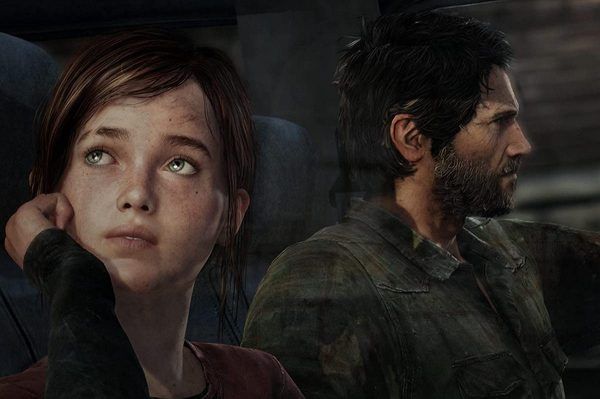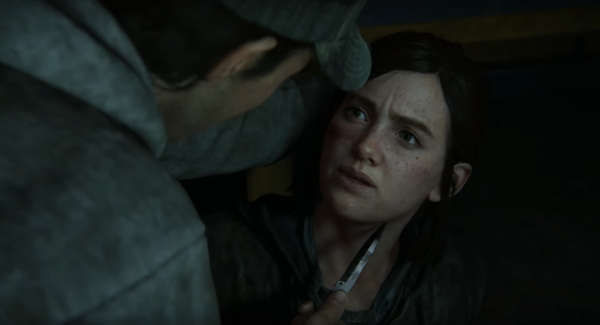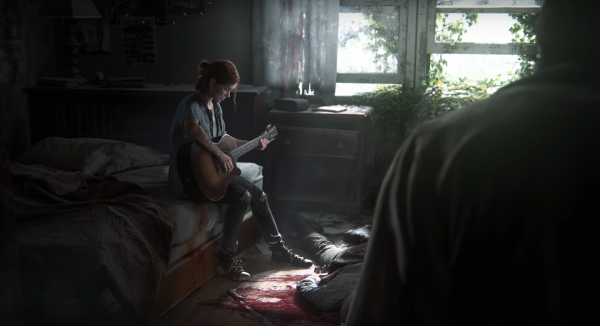[Editor’s note: The following contains spoilers for The Last of Us: Part II. For more of our coverage, be sure to check out our spoiler-free review, our beginner’s tips & tricks here, the list of trophies, and a full-on spoiler rundown here, including our ending explainer and why it should be a strong contender for Game of the Year.]
The Naughty Dog team knows that they've delivered their most-divisive game so far with The Last of Us: Part II. They admitted as much in a recent episode of "The Official 'The Last of Us' Podcast." Perhaps the biggest talking point, nestled within in a conversation about technical achievements and deeply personal character moments, is the way that the sequel's inciting incident came together, a moment that would launch the events of the game itself and ignite the controversy surrounding it in the real world.
In the episode in question, writers Neil Druckmann and Halley Gross talk about their story-breaking and plussing process, while the discussion continues about breakable glass, changes to the original circumstances surrounding Joel's death, and much more from game directors Kurt Margenau and Anthony Newman, co-lead animator Almudena Soria and character concept artist Alexandria Neonakis. Be sure to listen in for their full spoilery discussion, or read along below for some highlights.
During the final days of production on the original The Last of Us, even when Druckmann and the team were still scripting out the "Left Behind" DLC, they were already thinking about the next story in the sequence. And that's where Joel's fate was sealed:
Neil Druckmann: In my mind, Joel's arc was pretty much done -- I didn't know where else to take that character -- but Ellie there was ... it felt at least at the time it was going to be right for all these other stories.
The decision to focus on Ellie was only half the battle, however:
Neil Druckmann: At the same time, I started thinking of stories for the next game. A lot of them were very plot-driven, like, 'What's a cool situation to put Ellie in? Oh, what if she heard someone else is immune and she's going to go on this journey to find this other person that's immune ... It felt interesting from a plot standpoint: Interesting twists and turns, you can do all the fan service, Joel's going to chase her and now they're going to be teamed up together, and the lie is going to come into play because of what she's after,' but it felt like it was missing the thing that I think was successful in the first game, which was the emotional heart, this very simple, universal concept of love. Can we make you feel that unconditional love a parent feels for their child? Without that ... it could be an exciting story but it won't capture that emotional resonance that the first game had.
I left that for a while and came back to it with the concept of hate, of this very universal feeling that all people experience which is just deep hate where, in your mind, you're willing to commit horrible acts of violence against another human being ... How far would my mind go down this downward spiral, and is there [any] coming back from that?
The discussion in this podcast episode doesn't shy away from the violence in the game, calling it universally understood; it's essentially a shorthand for those who haven't learned more mature ways of communicating. There's a particular focus on the "badass women" of The Last of Us: Part II, as Gross puts it.
So while hate may have driven the creative team as a guiding emotion throughout the storytelling and violence was the fuel that kept it going, Druckmann's ultimate question -- Is there any coming back from that? -- is much more important to the game's resolution. As I talked about in my write-up over the title's controversy and why I think it's Game of the Year-worthy, the differences between Abby and Ellie are slim. Character concept artist Alexandria Neonakis shares that sentiment, saying:
"I think they'd be friends. I think, in a different world, they would really like each other or maybe be a bit competitive with each other. I could see them liking each other if the situation was different. They both have very similar values."
The closing conversation asks, after all that violence and murder of people who had hopes and dreams and friends and families, after all that death rationalized by the struggle to survive, was it worth it? Co-lead animator Almudena Soria said:
"You're living this journey with these characters, and that's what you're going through. There has to be conflict at some point. But we give the stealth tools to be able to avoid and make your own decisions. If you don't want to do it, maybe you don't have to. You can really, really find ways around those difficult moments."
Have you found your way around the difficult moments in (or surrounding) The Last of Us: Part II? Be sure to let us know!




